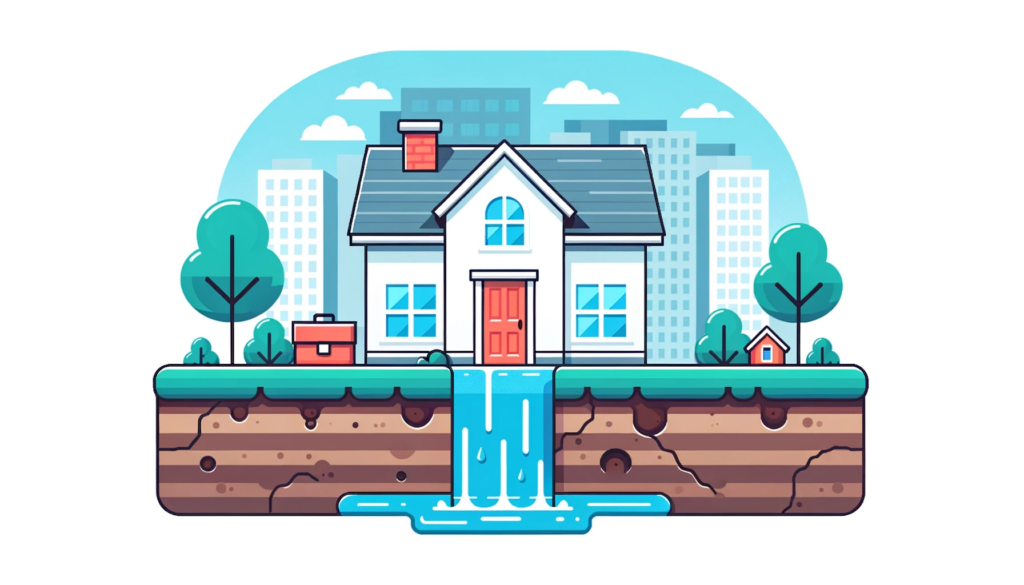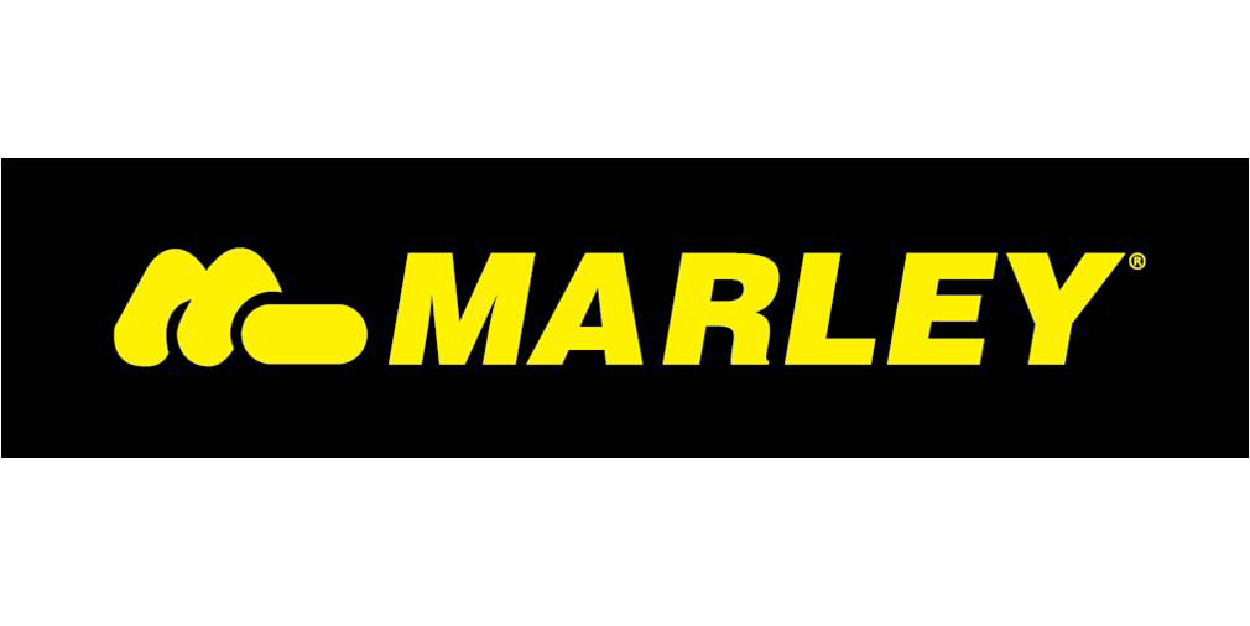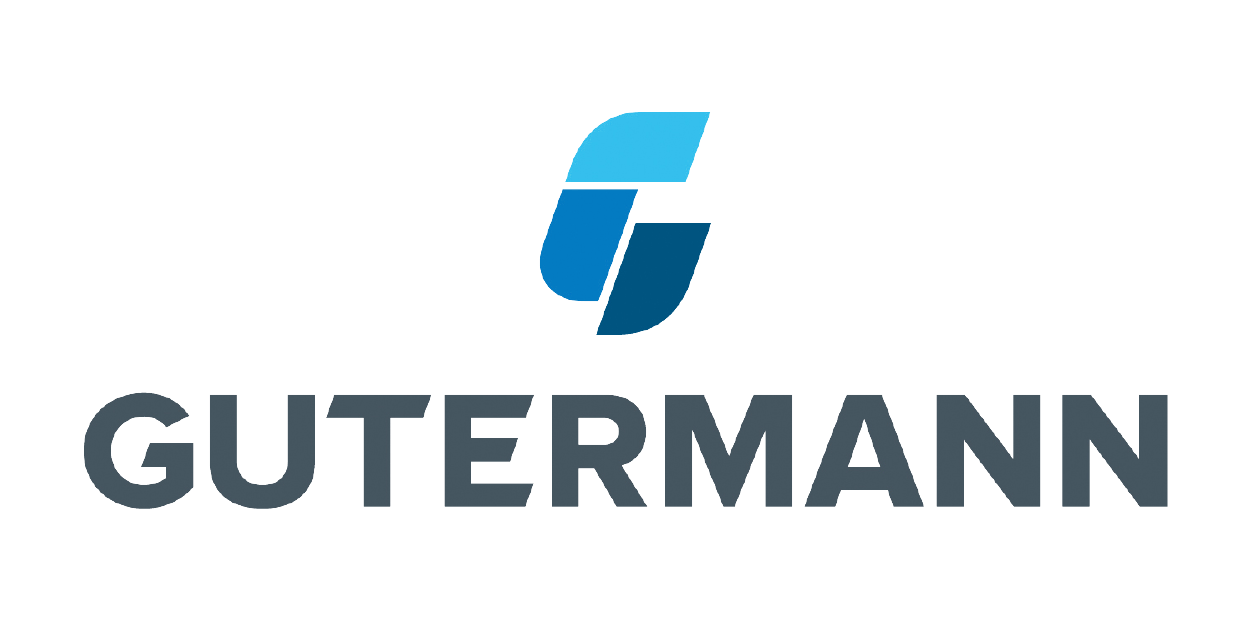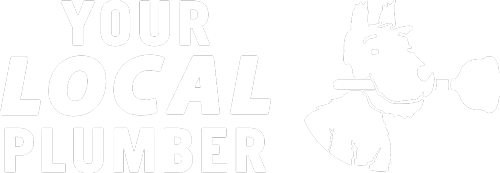
Call Today 09 973 4973 or
Installation of Gas Appliances and Systems
The installation of gas appliances and systems is a critical process that requires precision, expertise, and a deep understanding of both the technical and safety aspects involved. Whether it’s a new gas heating system, a kitchen remodel that includes a gas stove, or the installation of a gas hot water system, professional gas fitting services ensure that your home’s gas infrastructure meets the highest standards of safety and efficiency. This section explores the importance of professional installation for gas appliances and systems, outlining what homeowners need to know.
Professional Installation: The Key to Safety and Efficiency
A professional gas fitter’s role in the installation process is indispensable. They bring a wealth of experience and knowledge, ensuring that every aspect of the installation complies with New Zealand’s stringent gas safety regulations. Here’s why professional installation matters:
Safety Assurance: Gas appliances and systems, if improperly installed, can pose significant risks, including gas leaks and carbon monoxide poisoning. Professional gas fitters use advanced techniques and tools to ensure that installations are leak-proof and that appliances are correctly vented to safeguard against these dangers.
Regulatory Compliance: In New Zealand, gas installations must adhere to the Gas (Safety and Measurement) Regulations, which outline specific standards for installation, operation, and maintenance. Professional gas fitters are well-versed in these regulations, ensuring that your installation is not only safe but also legally compliant.
Optimal Performance: Beyond safety, the correct installation of gas appliances ensures optimal performance. A gas fitter will consider factors such as appliance location, gas pressure, and venting requirements, optimising the efficiency of the system and potentially saving homeowners on energy costs.
Warranty and Insurance: Many manufacturers require professional installation for warranty validity. Additionally, insurance policies may not cover damages related to DIY gas work. Hiring a professional gas fitter ensures that your appliances are covered and that you’re protected against potential liabilities.
What to Expect During Installation
The installation process typically begins with an assessment of your home’s existing gas system and your specific needs. Here’s a brief overview of what to expect:
Site Assessment: A professional gas fitter will evaluate your home’s gas supply, existing infrastructure, and the location where the new appliance will be installed. This assessment ensures that the installation plan meets safety standards and your household’s requirements.
Installation Plan: Based on the assessment, the gas fitter will develop an installation plan, detailing the work required, the materials needed, and any modifications to existing gas lines or venting systems.
Safety Checks: Throughout the installation process, safety checks are performed to ensure that all connections are secure and that there are no leaks. This includes testing gas lines, checking appliance settings, and ensuring proper ventilation.
Final Inspection and Testing: Once the installation is complete, the gas fitter will conduct a final inspection and test the appliance to ensure it operates correctly and safely. This step often includes a demonstration for homeowners on how to safely operate the new appliance.
Documentation: Upon completion, you’ll receive documentation of the installation, including any warranties and a gas safety certificate, confirming that the work complies with New Zealand’s gas safety regulations.
The installation of gas appliances and systems is a complex process that underscores the importance of professional expertise. By entrusting this work to a licensed gas fitter, homeowners can ensure the safety, efficiency, and compliance of their gas installations, providing peace of mind and enhancing the comfort and value of their homes.
Suppliers




